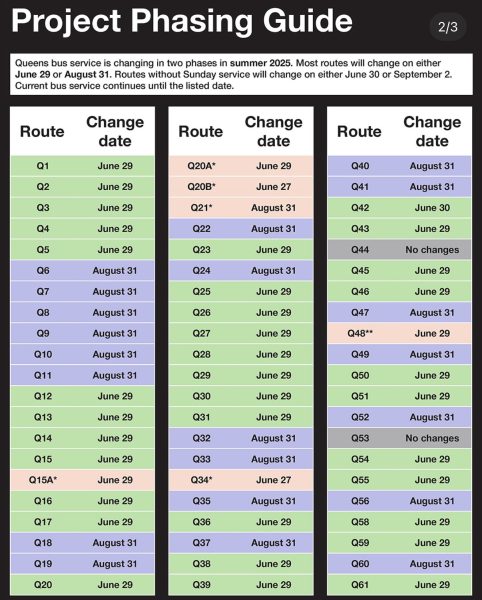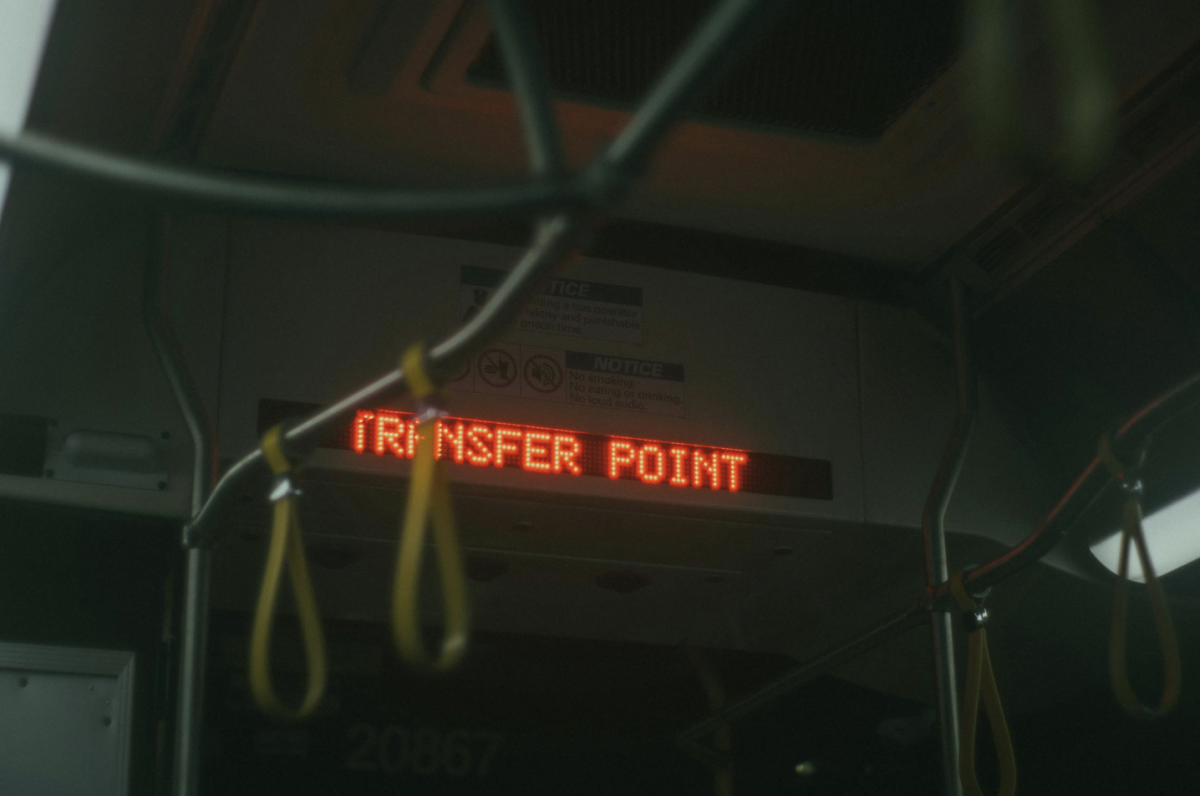The Queens Bus Network Redesign is a comprehensive overhaul of the borough’s bus system, initiated by the MTA to modernize routes that have remained largely unchanged for decades.
The project aimed to make bus service in Queens more efficient by introducing more direct routes, reducing travel times, increasing frequency, and improving connections with subways and other transit options. Extensive community outreach and public feedback shaped the redesign, which is being implemented in two phases. The first major changes was rolled out on June 30. Riders then were able to access updated maps, timetables, and resources online to help navigate the new system.
With the launch of Phase 2, over 100 bus routes in Queens have been updated, eliminated, or combined, and many now feature new bus numbers or names. The changes are designed to reduce redundancy and provide faster, more reliable service. Still, they also mean some commuters may need to adjust their routines, as familiar stops and routes might have changed.
While some riders welcome the improvements, others expressed concerns about longer walks to bus stops or confusion over new routes. The MTA responded by encouraging riders to check schedules and maps before traveling and promised to monitor the rollout closely, making adjustments based on ongoing feedback. However, the changes affect a lot of people, especially students, due to the fact that some bus stops have been removed. This leads to longer walks to some of the bus stops needed to get to and from school.

“It’s inconvenient because it adds extra time to my usual route,” junior Erin Chen expressed. “It takes me longer for me to walk to my destination because they removed my usual bus stop.”
Junior Sarah Alvarado added, “I feel [it is] negative because it removed easy access to my home for me.”
Sophomore Jalayah agreed, saying, “It was a tad bit chaotic at first and there’s a little more traffic in some areas.’’
Changing bus routes has made traveling to school much harder for students, thus far. Now, students may have to travel longer, wake up earlier, and get home later, leaving less time for homework and rest.
“It delayed my morning bus transit, specifically the Q27 has been inconsistent in showing up as bus stops, causing crowds to grow and buses to be packed,” said Summer Ali, a junior at Cardozo.
New routes can also be confusing and stressful, especially for younger kids. Students may also have to walk farther or wait at new stops, which can be less safe. Overall, these changes can disrupt their daily routines and make school life more difficult.
Overall, the redesigned network represents a significant step toward modernizing public transportation in Queens. The MTA’s efforts focus on streamlining service and responding to commuter needs, though the transition period may pose challenges for some riders.
Community reactions are mixed, with praise for increased efficiency balanced by worries about lost connections and the need for more transfers. With this being the first time bus routes have been changed in decades, the MTA remains committed to refining the system, gathering input from riders, and ensuring that the new network meets the evolving needs of Queens residents.


